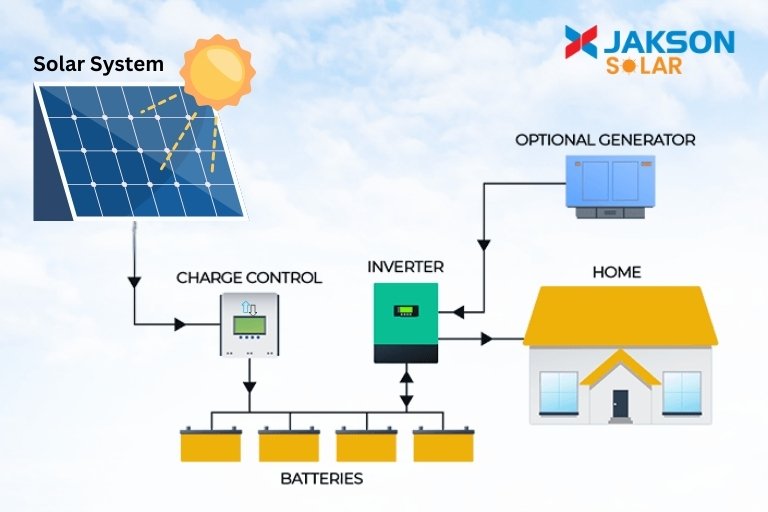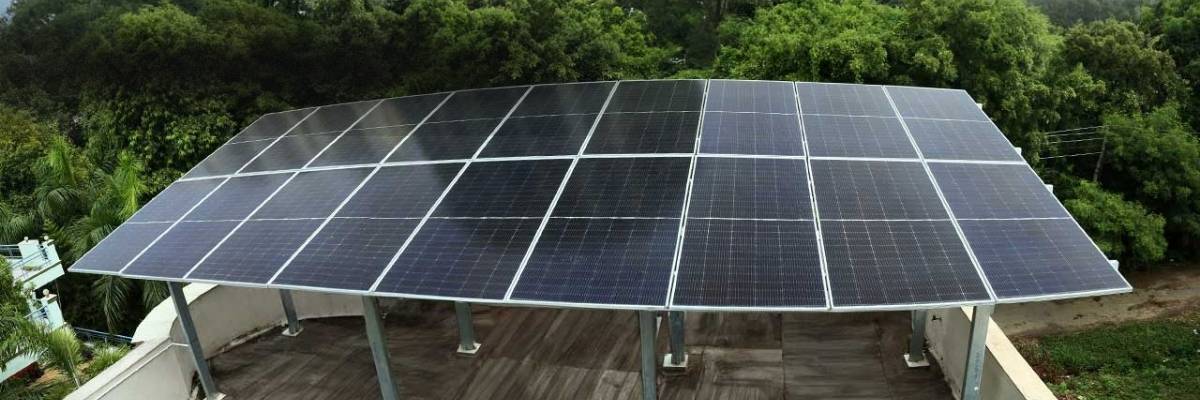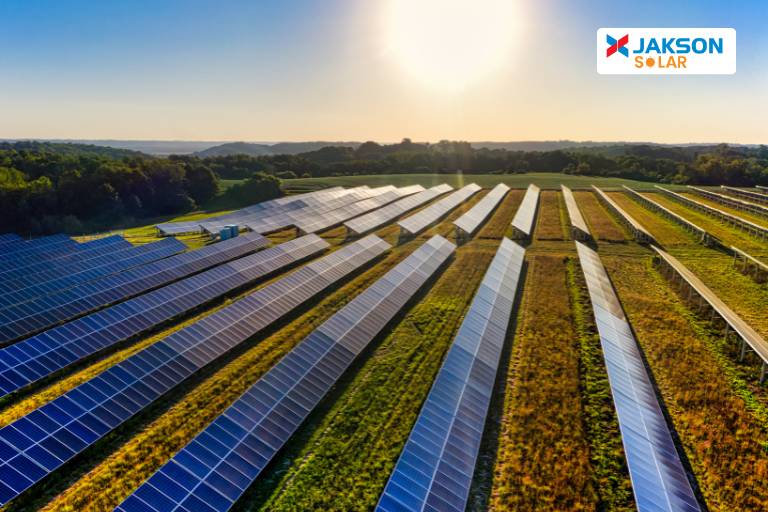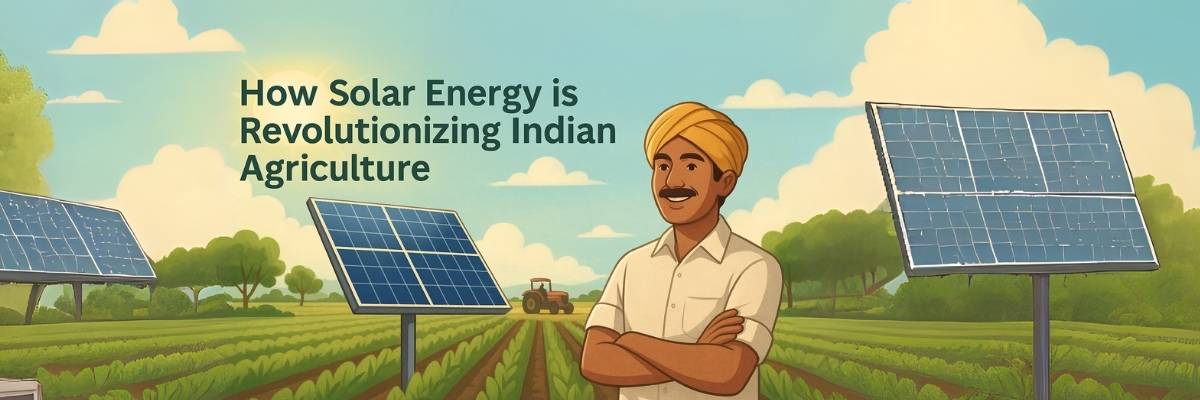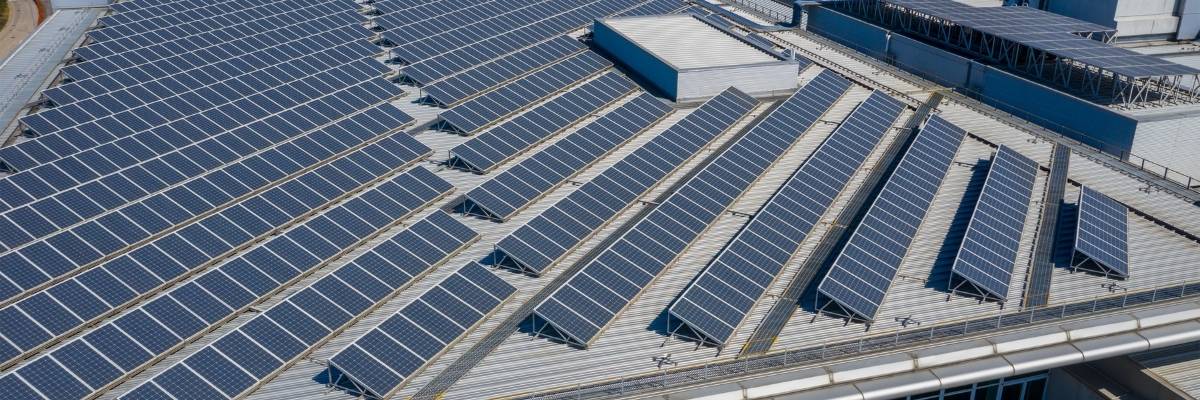Floating solar power plants are also known as floating photovoltaic (FPV) systems, one of the best renewable energy technologies that has already gained popularity worldwide.
We are aware of rooftop solar systems and have seen many ground-mounted solar installations, but floating solar installations are deployed on the surface of water bodies like lakes and reservoirs.
The switch from ground-mounted solar to floating solar has proven more beneficial to mankind.
This innovative approach of harnessing solar energy on water is also gaining momentum in India.
There are many advantages of floating solar power plants that we will come across shortly.
Largest Floating Solar Power Plant in India
The largest floating solar power plant in India presently is at NTPC-Ramagundam in Telangana which is fully operational at 100 MW capacity. The floating infrastructure spreads across 500 acres of the waterbody.
India’s Stance on the Floating Solar Project
For the period FY-2025 to FY-2032, the Indian floating photovoltaics market is estimated to register a CAGR of 12.40% and is projected to appreciate to USD 512.19 million in FY 2032 from USD 201.05 million in FY 2024.
Source: Marketsandata.com
To achieve those positive numbers and to grow exponentially, meeting the projected target, there are some of the best floating solar companies in India with the needed technology and resources, ready to deliver their best.
What is Floating Solar Power?
Over the surface of the water bodies like dams, rivers, or lakes, solar panels are mounted to capture the sunlight. The energy of sun is converted into electricity. This type of power generation over the surface of water bodies is known as floating solar power.
It is a smart switchover from land to water to generate electricity using solar panels floating on the surface of the water bodies to meet the growing electricity needs of India.

How do the Floating Solar work?
We know about generating electricity from water through dams, but generating electricity by placing solar panels over the surface of water is a relatively new concept.
Thanks to innovative thinking and technology that made it possible to generate cleaner solar energy, overcoming challenges and adapting to the opportunities of water bodies.
While the fundamental process of converting sunlight into electricity remains the same as land-based solar systems, floating solar panel projects require specialized buoyant platforms and anchoring systems to stay stable on water.
Let us see how the floating solar panel works.
Capturing Sunlight Efficiently
The role of photovoltaic cells in floating solar plants is to absorb the sunlight and then convert it to electricity. Since these solar panels are installed over the surface of the water, dust accumulation is very less, which helps improve the efficiency of solar panels drastically.
The cooling effect of water bodies can increase the efficiency of solar panels by 5-10% if compared to ground-mounted solar installations. Converting Sunlight into Electricity.
Once the floating solar panels absorb sunlight, they generate direct current (DC). This concept of energy generation is similar to traditional solar panels, but floating solar panels produce more energy as they stay cooler and do not heat up as fast.
Changing DC Electricity into Usable Power
The electricity generated by engaging the best floating solar panels is in direct current (DC) form, which is not directly usable for most household and industrial applications.
To make it useful, the DC electricity is sent to an inverter, a device that converts it into alternating current (AC).
Delivering the Electricity Where It is Needed
Once the electricity has been converted into AC, it is sent to power grids or directly used in nearby homes, businesses, and industries. This helps reduce energy loss that can occur when electricity has to travel long distances.
Floating solar panels are an innovative solution to the growing energy demand, especially in countries like India, where land availability is a challenge. By harnessing the power of the sun over water, they provide clean, renewable, and highly efficient electricity while helping conserve water resources.
As technology improves and more projects are developed, floating solar power is expected to play a significant role in the future of renewable energy.
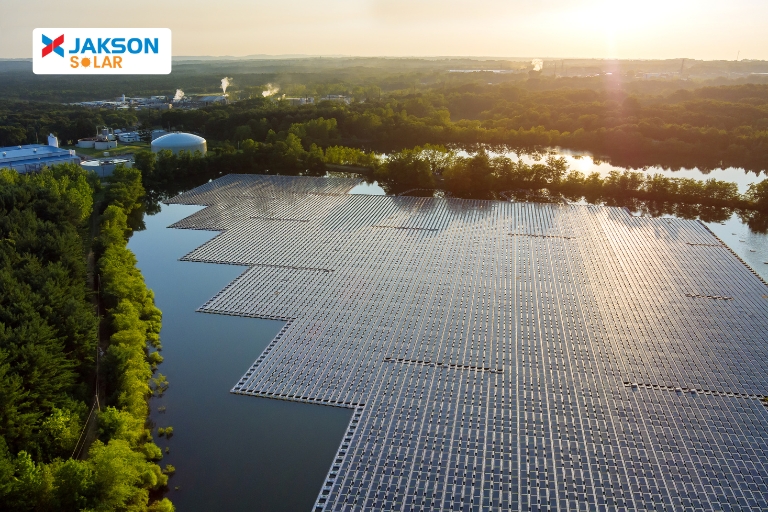
Key Components of Floating Solar Plants
The best floating solar companies in India focus on designing the solar components to withstand the odds of the water environment, ensuring hassle-free generation of clear energy.
Here are the key components that make floating solar systems work effectively in challenging conditions.
Floats
Floats are buoyant platforms that hold the solar panels securely above water. They play a crucial role in ensuring that the system remains stable and functional despite changing water levels.
- Strong & Durable – Built with high-density polyethene (HDPE) or similar weather-resistant materials, they can withstand UV rays, water currents, and harsh climatic conditions.
- Adaptable Design – They are designed to remain stable on reservoirs, lakes, and even rough waters without tilting or sinking.
- Eco-Friendly – Many floating platforms are made with non-toxic materials, ensuring no harm to aquatic life.
Mooring Systems
There are challenging weather conditions like wind and waves that may cause problems for floating solar projects. Mooring systems are important as they hold and secure floating solar plants in adverse conditions. Mooring systems include flexible cables and anchors that ensure firm connection in adverse weather conditions.
Electrical Components
The role of electrical components is important to the performance of floating solar projects. This is the reason why the best floating solar companies in India ensure engaging the best electrical components.
The floating solar plants, like the land-based solar plants, need an efficient electrical system for generating, converting, and distributing energy. Since the floating solar plants surface over water bodies, it is important that these components exhibit water-resistant features.
The electrical components that play an important role are Photovoltaic (PV) Panels, Inverters, and Transformers & Cables.
Monitoring Systems
Floating solar plants also have advanced monitoring systems that enable operators to track the performance of the system in real time.
These systems are equipped with sensors, remote monitoring systems that help in measuring energy output and scopes effective control.
Predictive maintenance is also a feature that uses AI-powered analytics to identify potential faults before they actually arise.
Final Thoughts on Floating Solar Plants
The success of floating solar plants depends on the quality of solar panels used in the solar project, effective mooring and monitoring systems, and electrical components.
For more information:
Call Jakson Solar Experts at: 1800-103-2600 (Toll Free)
OR
Email at: solar-bu@jakson.com



